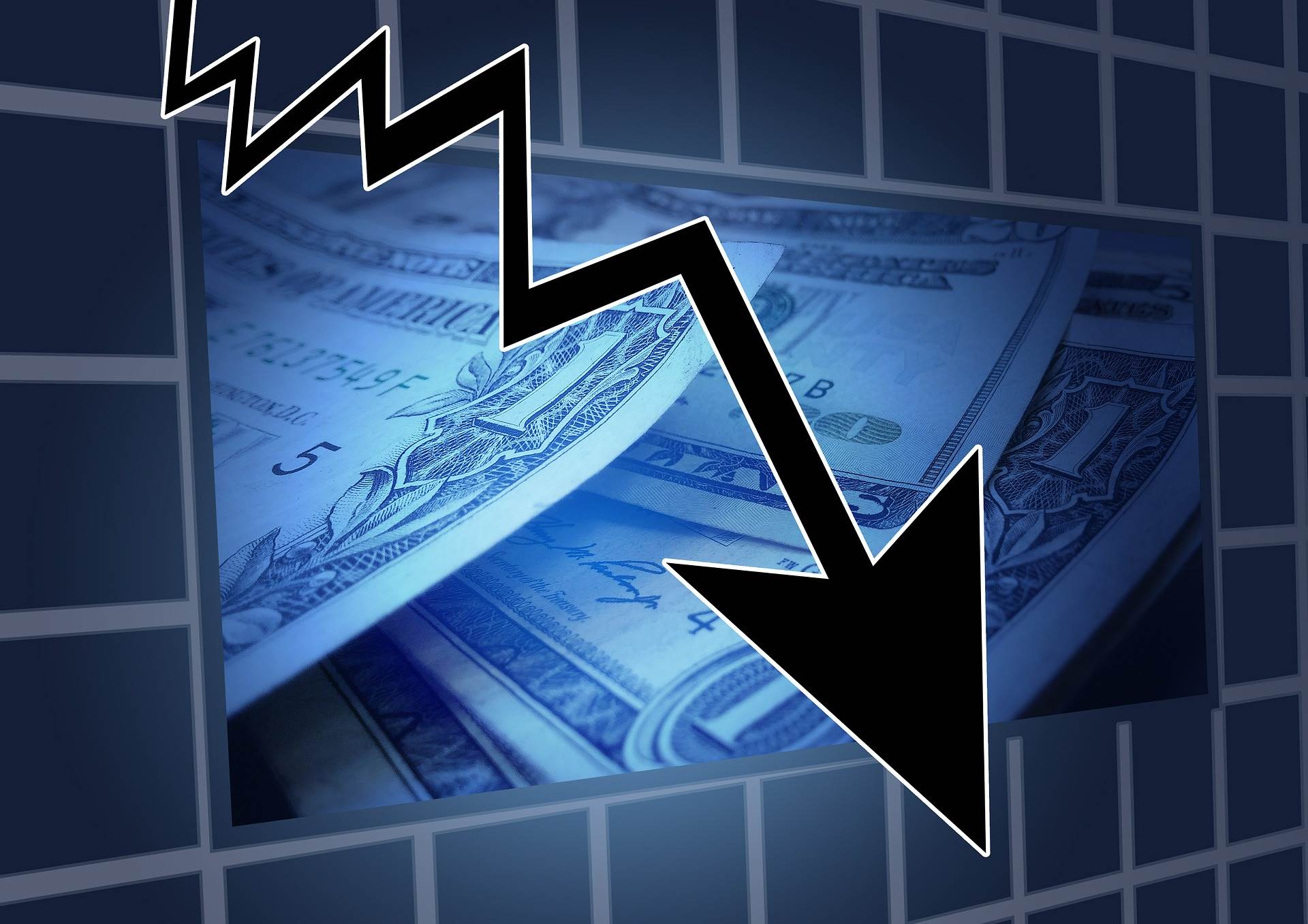 Analysts may be predicting that a recession is coming in the coming months, but traders took began to support that theory immediately, selling off stocks on a grand scale on Wednesday to bring the Dow Jones Industrial Average down over 800 points, its worst showing to date this year. On Thursday morning in Asia, global stocks fell to two-month lows, with Japan’s Nikkei 225 sinking 2 percent before rebounding slightly. The index was down 1.21 percent as of 10:51 a.m. HK/SIN. Australia’s ASX led the losers, plummeting 2.25 percent. China’s benchmark indexes, the Shanghai Composite and the Shenzhen Composite, were down 0.86 percent and 1.05 percent respectively. Only South Korea’s Kospi bucked the trend, trading up 0.65 percent in the early morning.
Analysts may be predicting that a recession is coming in the coming months, but traders took began to support that theory immediately, selling off stocks on a grand scale on Wednesday to bring the Dow Jones Industrial Average down over 800 points, its worst showing to date this year. On Thursday morning in Asia, global stocks fell to two-month lows, with Japan’s Nikkei 225 sinking 2 percent before rebounding slightly. The index was down 1.21 percent as of 10:51 a.m. HK/SIN. Australia’s ASX led the losers, plummeting 2.25 percent. China’s benchmark indexes, the Shanghai Composite and the Shenzhen Composite, were down 0.86 percent and 1.05 percent respectively. Only South Korea’s Kospi bucked the trend, trading up 0.65 percent in the early morning.
The selloff on Wall Street was prompted by a decline on 10-year U.S. Treasury note yields which fell below the two-year rate for the first time since 2007. This move, known by traders as a yield curve inversion, is a sign for traders that a recession is coming. In fact, the last time the U.S. curve inverted, in 2007, was just before the economic crash in 2008. U.S. 30-year yields also sunk, hitting a record low of 2.015 percent. In addition to market jitters created by the yield inversion, continued concerns about the trade war between the U.S. and China are worrying traders and causing questions as to whether the global economy is headed for further disaster.
The latest movements in U.S. Treasury yields calls into question whether the Federal Reserve’s July interest rate cut was, in fact, a “mid-cycle adjustment” as originally claimed, or whether it was the start of the Fed’s policy change to deal with the economic challenges that are brewing.
Currency Markets Remain Stable
On the currency markets, the major pairs remained stable on Thursday morning. The dollar-yen pair was unchanged, trading at 105.90. The dollar was slightly lower against the euro, with the common currency gaining 0.04 percent to $1.1142. The pound eased slightly against the dollar, down 0.05 percent to $1.2055.
